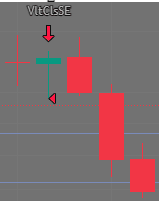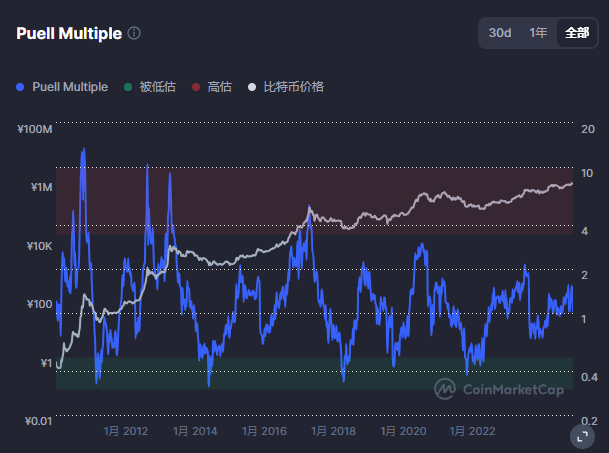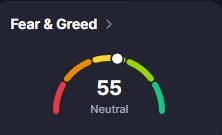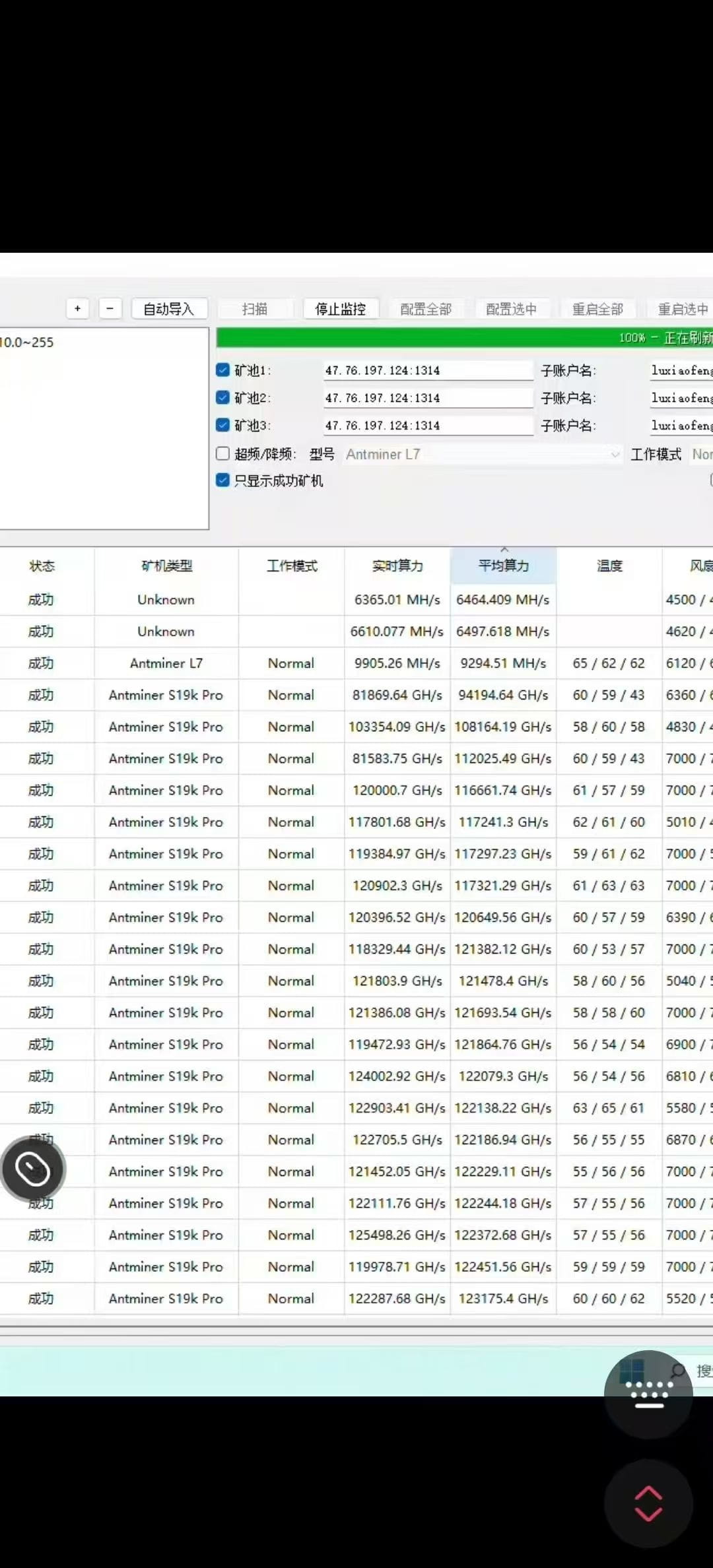Between the crash and policy shifts, the cryptocurrency market seeks a new direction amid panic and hope.
A storm sweeps through the global cryptocurrency market.
In the early hours of August 1, Bitcoin's price suddenly fell below $113,000, marking the largest single-day drop in three weeks.
In just 24 hours, over 160,000 trading accounts were liquidated, resulting in a total wealth evaporation of $700 million.

This crash coincides with the Federal Reserve issuing its strongest rate cut signal in nearly a decade—market bets on a September rate cut soared to 94.4%.
While retail investors panic sell, the whale holding $64 million worth of ETH, 0x1c11, withdraws $10.09 million in Ethereum from the Kraken exchange to a cold wallet.
01 Flash Crash Record: A $700 Million 'Long-Short Massacre.'
The market crash came without warning.
On the morning of August 1, Bitcoin suddenly fell below a key support level, with prices plummeting to below $113,000, marking the largest drop since July 10.
This crash quickly spread throughout the cryptocurrency market, with Ethereum's price simultaneously dropping 10%, falling from a high of $4000 to around $3500.

The leveraged market is instantly flooded with blood.
Coinglass data shows a blood-red map of liquidations appearing at 9 a.m. in the East Asia time zone: 4.23 billion yuan in wealth disappeared in the leveraged game, with victims concentrated among contract players using 20-100 times high leverage.
The largest single liquidation occurred on the Huobi exchange—BTC perpetual contracts worth $6.83 million were forcibly liquidated in a matter of minutes.

The crash is behind threefold negative factors:
The Federal Reserve's policy of maintaining a high interest rate range of 4.25%-4.50%, the Trump administration's sudden announcement of imposing 10%-41% 'reciprocal tariffs' on multiple countries leading to global trade panic, and the historical trend that August is traditionally the weakest month for Bitcoin performance.
Market sentiment indicators are sharply deteriorating.
The Crypto Fear & Greed Index plummeted by 9 points to 51 within 24 hours, marking a shift in investor sentiment from 'greed' to 'fear.'

02 Policy Shift: The Federal Reserve's 'Countdown to Rate Cuts.'
As the market sinks into panic, a ray of policy light pierces the clouds.
CME's 'Fed Watch' tool shows as of August 5: market bets on the probability of a September rate cut soared to 94.4%, while the cumulative probability of a 50 basis point cut in October is also as high as 67.6%.
There are signs of dovish shifts within the Federal Reserve.
Although the July meeting decided to keep interest rates unchanged, two officials, Christopher Waller and Michelle Bowman, publicly supported a slight rate cut during the meeting.
Powell's statements at the press conference were interpreted as clear dovish signals, suggesting that 'rate cuts may begin as early as September.'
HSBC's research report resonates with market expectations.
The bank predicts that the Federal Reserve will cut rates by 25 basis points in both September and December, totaling a 75 basis point reduction for the year.
This expectation is based on forecasts of a slowdown in the US economy—GDP growth is expected to drop to 1% in the fourth quarter, and the unemployment rate is expected to rise to nearly 5%.
Data on capital flows in a high-interest rate environment reveals a harsh reality: from late July to early August, new capital inflows into the cryptocurrency sector significantly decreased.
The expectation of interest rate cuts is like a long-awaited rain, potentially reactivating the liquidity engine of the cryptocurrency market.
03 Chain Reaction: Asia-Pacific Collapse and Institutional Shadow War.
Trump's tariff policy triggered a chain collapse in global markets.
On August 1, the Asia-Pacific stock market opened to a bloodbath: the Korea Composite Index plummeted over 3%, the Nikkei 225 fell 1%, and Tokyo Electron dropped 18% due to disappointing earnings.
Manufacturing data is equally bleak, with Japan's PMI at 48.9 and South Korea's at 48, both below the growth line.
On-chain data reveals a brutal capital war.
On July 30, while retail investors were still reveling in the $120,000 high, Bitcoin 'whales' initiated massive transfers: over $1.2 billion worth of Bitcoin flooded into the Binance exchange within 24 hours.
The selling behavior of these large holders directly punctured the market bubble, causing a cliff-like drop in prices.
The withdrawal of institutional players is even more lethal.
Galaxy Digital's single sale of 80,000 Bitcoin (worth $1.39 billion) has laid the groundwork for a market crash.
This institutional-level selling, combined with the Federal Reserve's policy of maintaining high interest rates, creates a deadly combination, causing Bitcoin to quickly lose $4,000 after a brief rebound to $119,000.
The key price level of $115,000 has become the lifeline for bulls and bears.
This area not only represents a significant liquidity vacuum in on-chain UTXO distribution, but also has hundreds of millions in buy orders piled up on the exchange order book.
When this key support level is breached, it immediately triggers the concentrated liquidation thresholds preset in the derivatives market, leading to a death spiral of automated sell-offs.
04 The Whale Mystery: The Sword of Damocles of 600,000 ETH?
As Bitcoin bleeds profusely, Ethereum whales begin to move.
At the beginning of August, address 0x1c11 withdrew 2,850 ETH (worth $10.09 million) from the Kraken exchange to a personal wallet.
This address currently holds about 18,111 ETH, totaling approximately $64 million.
Such large withdrawals are usually a long-term bullish signal.
Analysts point out: 'Whales moving assets out of exchanges indicate that these big players do not intend to sell in the near term, but may instead seek profits through staking or participating in DeFi.'
This move reduces market circulation, laying the groundwork for future price increases.
However, another class of ancient whales is quietly awakening.
At the end of July, an Ethereum address that had been dormant for over eight years suddenly took action, selling 6,000 ETH (approximately $11.4 million) in batches via Coinbase.
More shockingly, its holding cost was only $0.31/ETH, with a single profit exceeding $11 million.
The market's nerves are tightly strung over the movements of these low-cost holders.
Currently, about 300 genesis addresses still hold over 30,000 ETH (costing less than $1). If they act collectively, it could trigger greater volatility.
This sword of Damocles with 600,000 ETH hangs over the market, potentially triggering a new wave of selling at any moment.
05 Bottom Signal: Institutions' strategic accumulation at low prices.
Beneath the surface of retail panic selling, institutional capital is quietly positioning itself.
Corporate Bitcoin holdings show an astonishing 100:1 buy-sell ratio, with institutions like MicroStrategy swooping in at low prices.
This 'building positions during a crisis' operation mode mirrors the behavior of institutions when Bitcoin plummeted to $75,000 in 2023.
The regulatory climate is quietly warming up.
The Trump administration continues to send pro-cryptocurrency signals, with SEC officials frequently hinting at optimizing the regulatory framework, directly stimulating a surge of $640 million in spot ETF inflows.
Ethereum ETFs exhibit strong capital-absorbing ability, with over $5 billion inflow in July, experiencing only a small outflow on one day.
Technological upgrades strengthen the fundamentals.
After Ethereum completed the Pectra upgrade, improvements such as reduced network fees, simplified staking, and smart wallet support enhanced its value proposition as infrastructure.
This underlying optimization allows ETH to show relative strength during the market crash, with its market share rising from 9% to 11.4%, an increase of 2.4%.
Market bottom signals are faintly emerging.
Analysts point out: 'Pay attention to the dynamics of Bitcoin production costs. When the price falls below the miner shutdown price (currently estimated at $78,000), it often indicates that the market bottom is near.'

Data from the derivatives market also shows that Bitcoin futures expiring in December 2025 maintain a premium of $103,000, indicating institutions' firm confidence in long-term value.

Every deep squat in the crypto market is accumulating strength for the next leap. Although Bitcoin may continue to dip to $106,000 in the short term, the 94.4% probability of a September rate cut by the Federal Reserve has injected a strong dose of confidence into the market.
Institutional investors are quietly positioning themselves: the corporate Bitcoin holding buy-sell ratio has reached an astonishing 100:1, with giants like MicroStrategy swooping in at low prices; Ethereum ETFs attracted over $5 billion in inflows in July, showing institutions' long-term confidence in core crypto assets.
In the eye of the storm, the whale 0x1c11 moving $64 million worth of ETH out of the exchange is a thought-provoking action—this may be the most accurate bottom signal before the market hits the floor.